
Spinal muscular atrophy is a genetic disorder characterized by weakness and wasting (atrophy) in muscles used for movement (skeletal muscles).

Osteoporosis is a bone disease that occurs when the body loses too much bone, makes too little bone, or both.
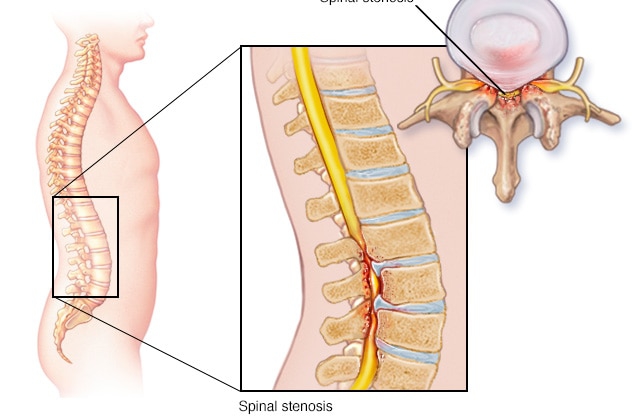
Lumbar Spinal Stenosis is a narrowing of the spinal canal, compressing the nerves traveling through the lower back into the legs.

Ankylosing spondylitis is an inflammatory disease that, over time, can cause some of the small bones in your spine (vertebrae) to fuse.
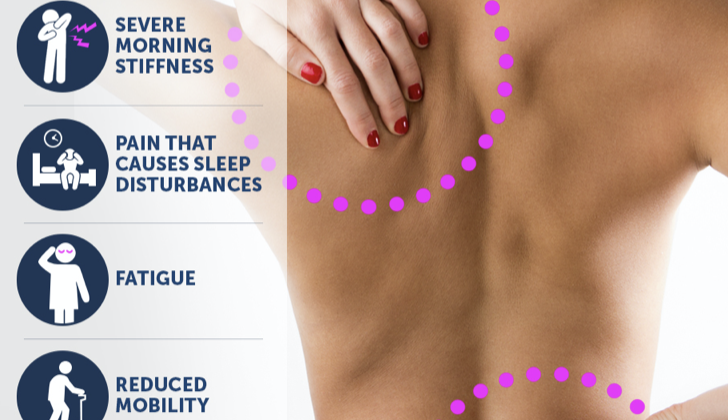
Spondyloarthropathies are a family of long-term (chronic) diseases of joints. These diseases occur in children (juvenile spondyloarthropathies) and adults.

Rheumatoid arthritis is a chronic inflammatory disorder that can affect more than just your joints. In some people, the condition can damage a wide variety of body systems, including the skin, eyes, lungs, heart and blood vessels.
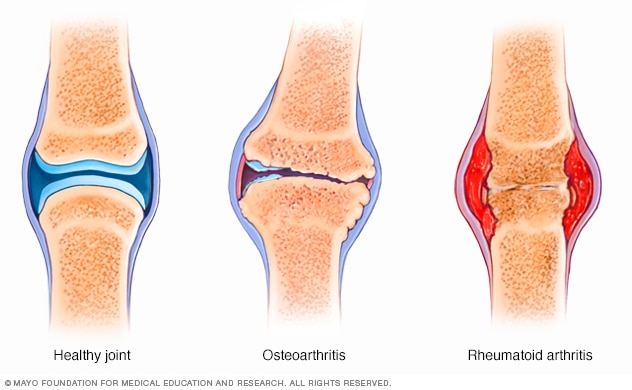
Osteoarthritis is the most common form of arthritis, affecting millions of people worldwide. It occurs when the protective cartilage that cushions the ends of your bones wears down over time.
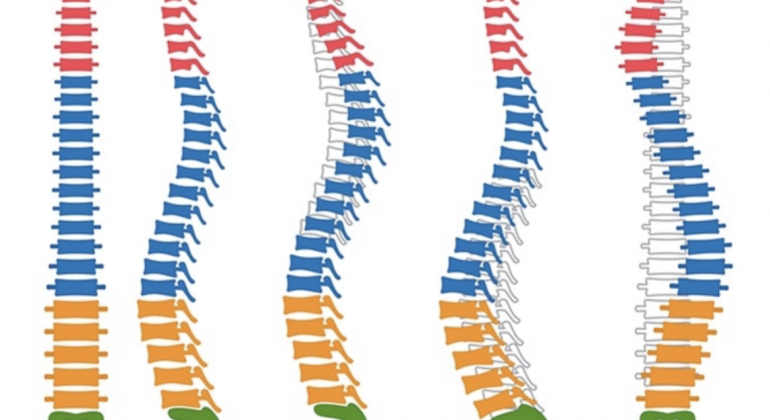
Spine deformity can happen when unnatural curvature occurs, as in scoliosis (side-to-side curvature) or kyphosis and Scheuermann’s disease (front-to-back curvature).

Scoliosis is a sideways curvature of the spine that occurs most often during the growth spurt just before puberty.
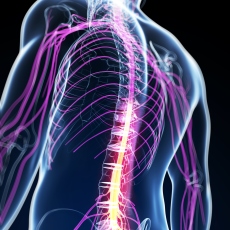
Neuromuscular disorders affect the nerves that control voluntary muscles and the nerves that communicate sensory information back to the brain.

